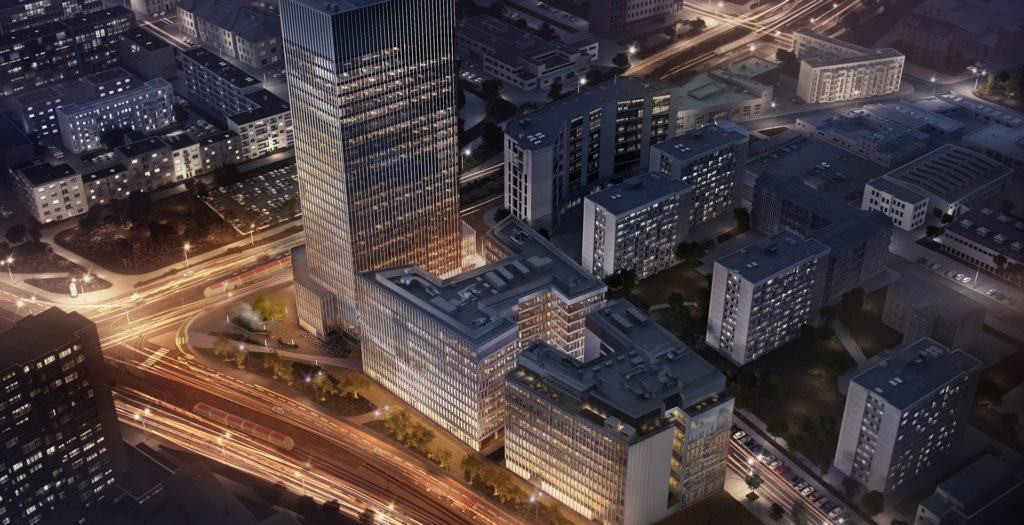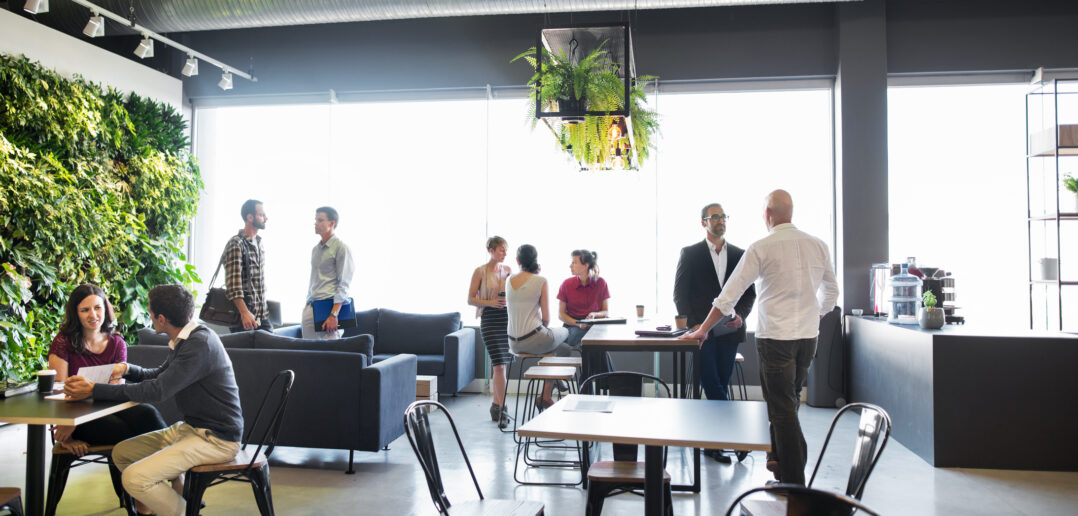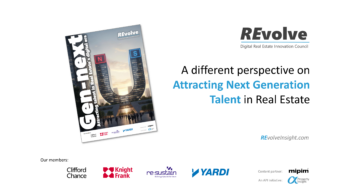This week on “Contributor Series”, Paul Unger, publisher at Place North West and PlaceTech shares this article featuring industry experts talking about the impact of the workplace in the Real Estate industry. Watch out for the next one!
Today’s facilities management are using digital solutions to improve the experience for tenants, no longer the boring operations guys behind the scenes and now front of house as the workplace gurus the digital real estate world needs.
Streamlining the flow through an office building, improving shopper’s journey through a mall, improving wellbeing to make employees feel valued and more creative, there are numerous ways intelligent FM can boost the productivity inside a property.
As Frans van Eersel, director of Workplace EMEA at Netflix in Amsterdam, put it in an entertaining blog post after leaving Google earlier this year, facilities manager should become workplace manager.
“In the past 20 years this wonderful profession has evolved into a strategic player, owning workplace experience, but somehow our industry is slow to adopt the term ‘workplace’ into our job titles, education and associations. This seems like a silly change of nomenclature but has a serious impact on our industry’s reputation, attraction of talent and even our compensation. The big difference for me:
« Facility Management« : Activity or job of looking after a company’s buildings, equipment, land. (source: Cambridge Dictionary).
« Workplace Management« : Activity or job of planning and executing the workplace experience to enable strategic business performance. (source: Frans Van Eersel – open to suggestions).
Let’s be honest – it’s never been the sexiest of industries, even though the result of our work is so important to businesses. Many people think the change from “Facilities” to “Workplace” is just another effort to re-brand our industry. This is definitely not the main reason for me. After thinking about this for the past 10 years I’ve narrowed it down to 4 reasons why we should all adopt this change:
- Workplace focuses on business impact
- Workplace is embraced by the world
- Workplace attracts talent
- Workplace focuses on the full experience
Wellbeing is a high priority area for modern employees and their employers. Gabriella Crawford, marketing manager at Locale, which produces centralised cloud dashboards for running buildings, explains: “The right innovation will ultimately simplify the working environment – from the ability to book a meeting room on your mobile; to streamlining the process of onboarding new staff with a digital training programme. One of the most common causes of workplace stress is a lack of control. It stands to reason that the digitising of basic tasks would ultimately give more control –leading to increased wellbeing.”

Good connectivity, enabling open lines of communication and fostering a sense of community are all areas where technology can help.
Crawford continues: “Ensuring that technology facilitates effective communication across an ever-changing work environment would also have the added benefit of driving satisfaction levels through the introduction of a connected work environment – creating a sense of community as well as an in-built and instant support system.
Technological innovation means that we are all working longer hours, and often blurring the lines between home and work. Therefore, a productive space needs to be not only attractive to employees but also virtual in its service and fully connected, to facilitate mobile working and virtual collaboration. As such, there is now a demand for even more sophisticated spaces, ones that have a strong emphasis on health, well-being but also those that can deliver this within both a physical a metaphorical workplace.”
In Poland, Loredo Real Estate Solutions has been working with Skanska on its Spark B 160,000 sq ft office building.

Spark B by Skansa
Loredo was instructed to digitise the FM by plugging BIM into the operational spine of the building. Normally BIM is used in design and construction rather than for operations and maintenance.
The scope of cooperation included: development of processes and guidelines, key performance indicator set-up and monitoring, recommendation of IT solutions, support during the building handover and implementation of facility management services based on BIM modelling.
“Transparency is the key to better buildings,” says Maciej Wiśniewski, CEO of Loredo RES.
Time spent gathering and documenting information about how a building performs means facilities managers can spend more time responding to tenant queries and increasing customer service.
Wayne Lee, director of building access solution Digital Forge, said: “Ensuring the workplace is attractive, productive, efficient, sustainable and secure for tenants are key aims for any facilities management team. Technology which enables this and provides facilities managers with the knowledge and facts to underpin their decisions to facilitate these aspects of running a building are critical.”
Digital Forge helps by providing cloud-based technology for visitor management. This not only helps with the management of visitors to and through the building, it provides facilities management with real-time data on what is happening within their building in one view. The firm enables facilities managers to have an update to staffing lists for all tenants, know how many visitors are onsite or planning to come to site, and with this view, they can make strategic decisions on resourcing, utilisation and security.”
Lee explains the benefits of working like this. “Landlords and owners benefit from happier tenants who will take on longer leases. We have also been able to provide cost savings. One building we provide our solution to has saved over £12,000 a year in lost passes. We can also help landlords and owners understand which type of tenants use the most of front house resources within a building which allows them to make decisions on the best type of tenants for their portfolio.
“Technology empowers building management at all levels to make smarter decisions for their buildings and ultimately create a workplace that is attractive, productive, efficient, sustainable and secure.”
Just as these digital techniques become second nature to modern managers of buildings who are focused on end users we should see more proptech solutions emerge to meet demand.
New roles will follow suit. Netflix’s new workplace manager got his way and changed the term from facilities to workplace throughout the company. Can we expect other companies to follow, and look forward to FM becoming WM?
As van Eersel concludes: “What I’m proposing is more than just a name change – it’s a change of scope and focus in our industry. There is a serious risk for our profession that some facilities managers will keep seeing ‘workplace’ as just the building where people work… It’s much more than that and as an industry, we have to acknowledge the expanded scope of our role. This is a great opportunity for all of us – are you ready to lead our industry into its next chapter?”
TOP PHOTO: Getty Images – NickyLloyd



